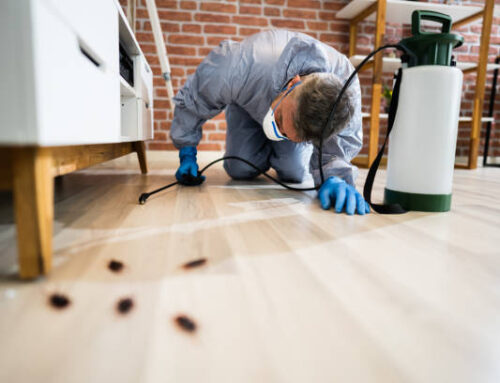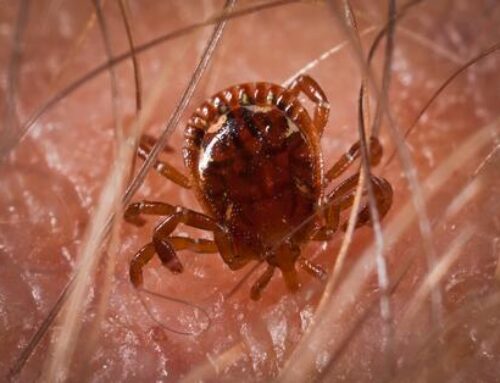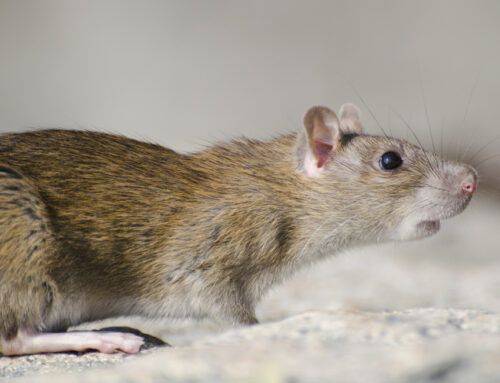Gutters are often overlooked in home maintenance, but they play a critical role in directing water away from the structure. Unfortunately, they also attract wildlife seeking shelter, nesting spots, or entryways into attics and walls. Animals such as squirrels, raccoons, and birds may exploit clogged or damaged gutters, creating tunnels that serve as gateways into the home. This not only causes property damage but also raises health and safety concerns. Effective gutter tunnel prevention combines smart upkeep, safe deterrents, and professional wildlife removal when activity is discovered.

Why Wildlife Targets Gutters
Wildlife looks for areas that provide shelter, access to food, and safe nesting conditions. Gutters, especially when clogged with leaves or debris, can offer both cover and materials for nests. Animals often see them as convenient highways leading to rooftops and attic spaces.
Common wildlife attracted to gutters includes:
- Squirrels: Known for chewing through fascia boards to gain attic access.
- Raccoons: Strong enough to tear shingles or widen openings near gutters.
- Birds: Build nests in clogged areas, blocking water flow.
- Rodents: Use gutters as travel routes to avoid predators.
The risks extend beyond nuisance behavior. Animals can cause structural damage, spread parasites, and introduce diseases. Once a gutter tunnel is established, it can quickly escalate into a more serious intrusion, highlighting the need for consistent wildlife prevention strategies.
Signs of Wildlife Activity in Gutters
Identifying wildlife presence early reduces the chances of long-term damage. Many animals leave behind clear signs that they have been using gutters or nearby areas as access points.
Warning signs include:
- Scratching or movement sounds: Often heard near rooflines or inside attics.
- Visible nests or debris: Twigs, leaves, or droppings accumulating in gutters.
- Chewed materials: Fascia boards or shingles damaged near gutter edges.
- Clogged drainage: Water spilling over gutters may signal nesting blockages.
- Animal sightings: Squirrels or raccoons frequently moving across rooflines.
Homeowners should treat these signs as red flags. While one bird nest may seem harmless, it indicates that the gutter system is vulnerable and may attract more wildlife over time. Early recognition allows for prompt action before tunnels become permanent entryways.
Safe Practices for Gutter Maintenance
Regular maintenance is the foundation of wildlife prevention. By keeping gutters clean and structurally sound, homeowners reduce the conditions that attract animals in the first place.
Safe practices include:
- Regular cleaning: Remove leaves, sticks, and debris at least twice a year.
- Install gutter guards: Mesh covers or screens block animals from entering.
- Inspect for gaps or damage: Seal or repair small openings near eaves and fascia boards.
- Trim nearby trees: Prevent easy jumping access for squirrels or raccoons.
- Check drainage systems: Ensure downspouts direct water away, reducing standing water that attracts pests.
These preventive steps not only protect against wildlife tunnels but also improve overall gutter efficiency. A well-maintained gutter system is less likely to cause moisture issues that can weaken roofing or siding. Consistent upkeep also aligns with the value of regular pest inspections, which help catch problems before they grow into costly repairs.
Long-Term Wildlife Prevention Strategies
While basic maintenance is effective, long-term solutions require a more comprehensive approach. Animals are persistent, and once they identify a potential shelter, they may return season after season. Establishing barriers and monitoring routines is key to permanent wildlife prevention.
Long-term strategies include:
- Reinforce entry points: Use durable materials such as metal flashing around vulnerable roofline areas.
- Secure attic vents and chimneys: Cover with professional-grade screens that allow airflow but block animals.
- Regular roof inspections: Detect weak spots or openings that animals might exploit.
- Monitor seasonal changes: Warmer temperatures often increase animal activity, making homes more attractive.
- Schedule professional assessments: Wildlife specialists identify hidden vulnerabilities homeowners may miss.
Preventive measures become even more critical as rising temperatures alter animal behavior. Insights from protecting your property show how environmental changes can increase the likelihood of wildlife intrusions, making proactive planning essential.
Why Professional Wildlife Removal Is Essential
Although gutter cleaning and maintenance go a long way, active infestations often require professional wildlife removal. Attempting to evict animals alone can be dangerous, particularly with raccoons or squirrels that may bite or scratch if threatened. Professionals use humane methods to remove animals safely while addressing the structural issues that allowed access in the first place.
Beyond removal, experts design customized wildlife prevention plans. These may include sealing entry points, installing protective barriers, and advising on landscaping adjustments. Their approach is comprehensive, ensuring that animals are not only removed but also prevented from returning. For homeowners, this means lasting peace of mind and protection of both property and health.
Secure Your Home from Wildlife Intrusions
Gutters are a small but vital part of the home’s defense system, and when left unchecked, they can become gateways for wildlife. By applying consistent maintenance, reinforcing vulnerable areas, and relying on professional wildlife removal when necessary, homeowners can protect their property from long-term risks. For safe and effective solutions, contact E&G Exterminators today and keep your home secure year-round.






